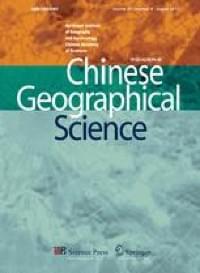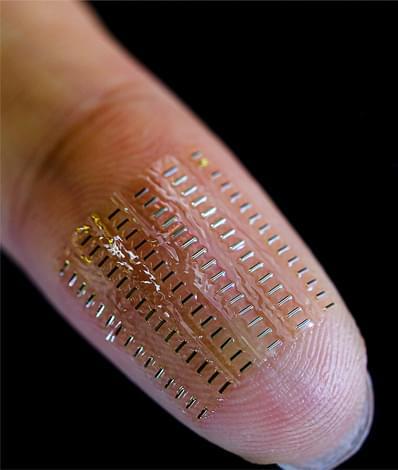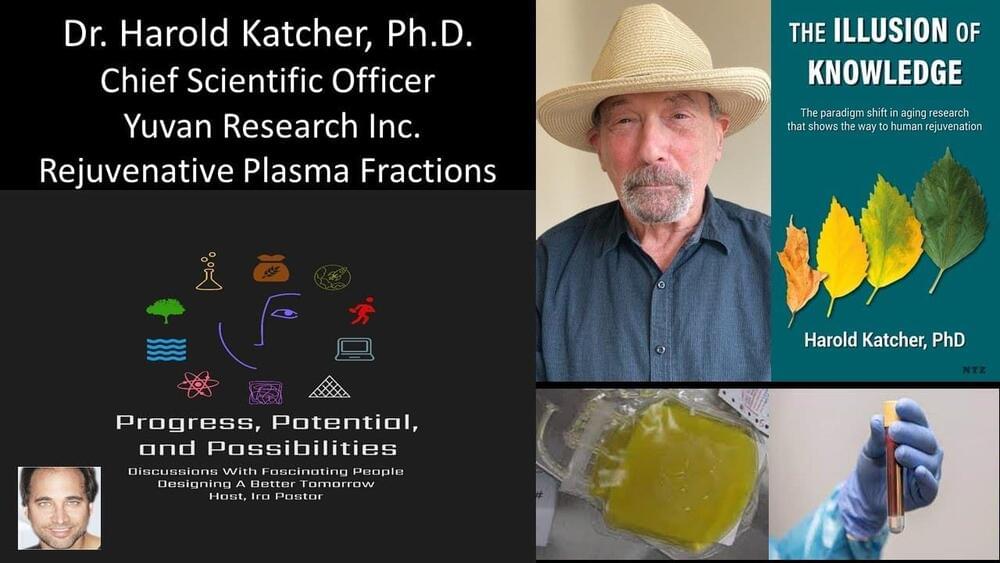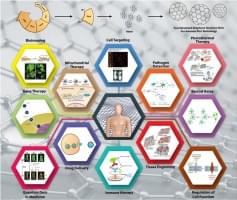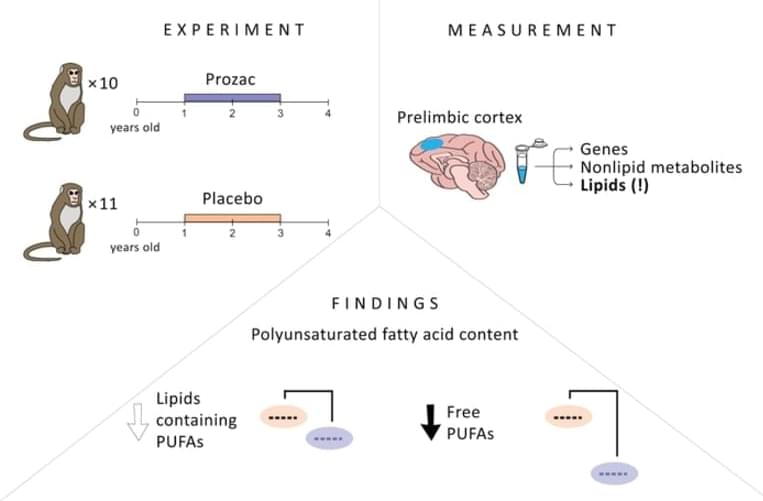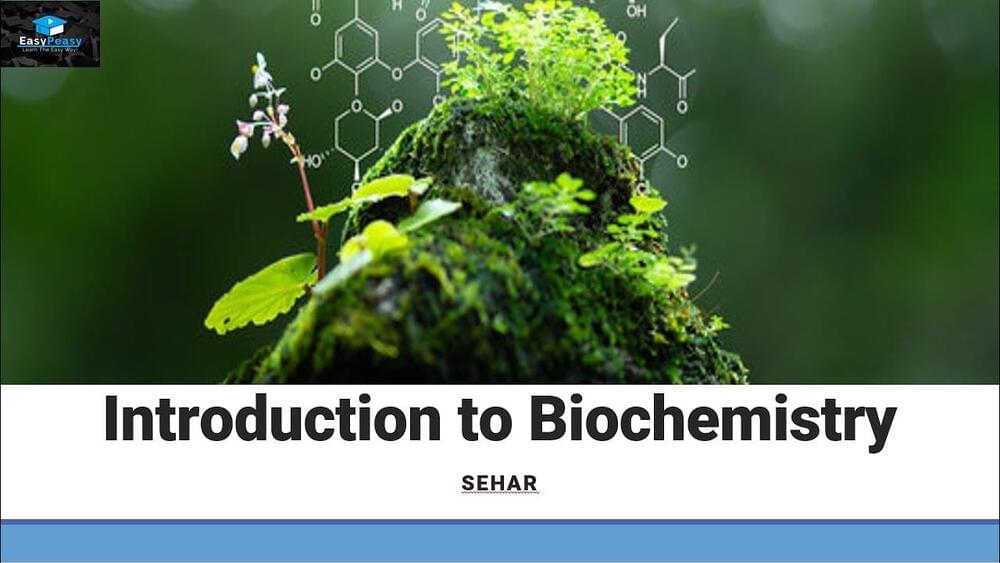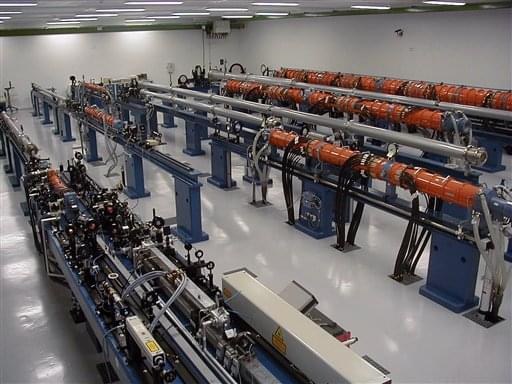Aug 28, 2021
Effect of electric fertilizer on soil properties
Posted by Quinn Sena in category: chemistry
Circa 2004
Electric fertilizer, i. e. exerting electric field on plants during growing season instead of chemical fertilizer, is a kind of physical fertilizer, and the third kind of fertilizer with developmental prospect after inorganic fertilizer and organic fertilizer. For the purpose of studying the changes of physical and chemical properties of soil after exerting electric field, five treatments with different applications of chemical fertilizer were arranged on the black soil in Yushu City of Jilin Province by randomized block method, and electric field was exerted on plants every ten days during the growing season. Through sample analysis the paper arrives at following conclusions: 1) Exerting electric field can make soil’s granular structure increase, bulk density decrease, moisture capacity increase, thus improving the perviousness of soil.
